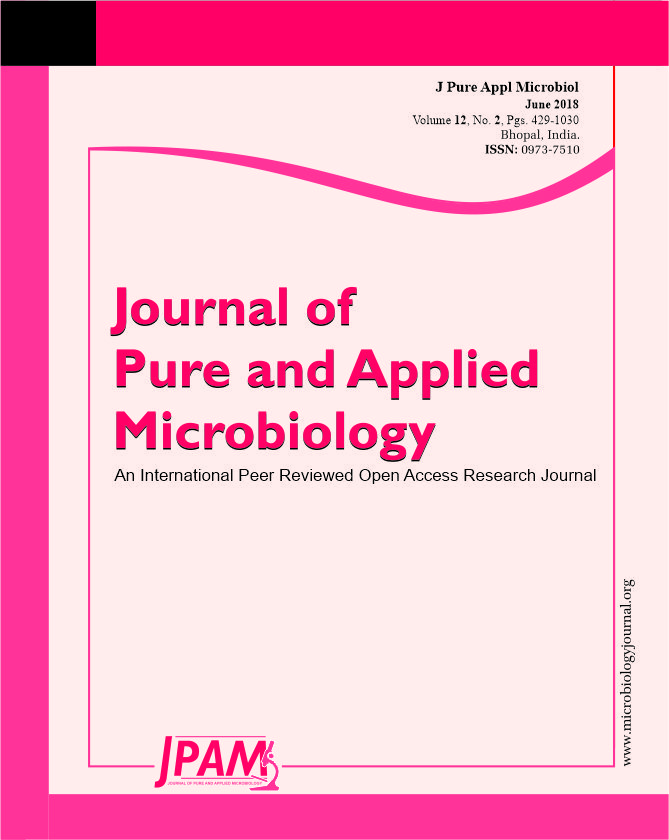The microbiota of fish intestine is the most complex of all organs that interact closely with the immune system. This can be used as biological control agents that can control the disease caused by pathogenic bacteria. Thirty isolates were identified based on 16s rRNA gene sequencing. These bacteria were then tested for their pathogenicity and antagonistic activity. The bioassay was conducted by administering selected bacteria into the fish and inoculating with Aeromonas. Total 30 bacterial isolates were successfully isolated from the carp intestine. Morphology and DNA marker analysis shows wide diversity of bacterial consortium within the fish intestine. These bacterial community are dominated by Proteobacteria and Firmicutes. The pathogenicity test showed that 20 isolates were non-pathogenic at a density of 106 cfu/mL, while the rest were pathogenic to the fish. The antagonistic test showed that some isolates strongly or mildly inhibit Aeromonas and Vibrio and the rest weakly or do not inhibit the assayed bacteria. Two isolates (CgM8=Bacillus sp. and CgM37=Bacillus subtilis) are significantly better than control to protect the fish from Aeromonas infection. Two species of commensal bacteria originated from fish intestine are potential to be used as biological control agents against Aeromonas for common carp.
Aeromonas; Biological Control; Cyprinus carpio; Intestinal Bacteria, Bacillus subtilis
© The Author(s) 2018. Open Access. This article is distributed under the terms of the Creative Commons Attribution 4.0 International License which permits unrestricted use, sharing, distribution, and reproduction in any medium, provided you give appropriate credit to the original author(s) and the source, provide a link to the Creative Commons license, and indicate if changes were made.


